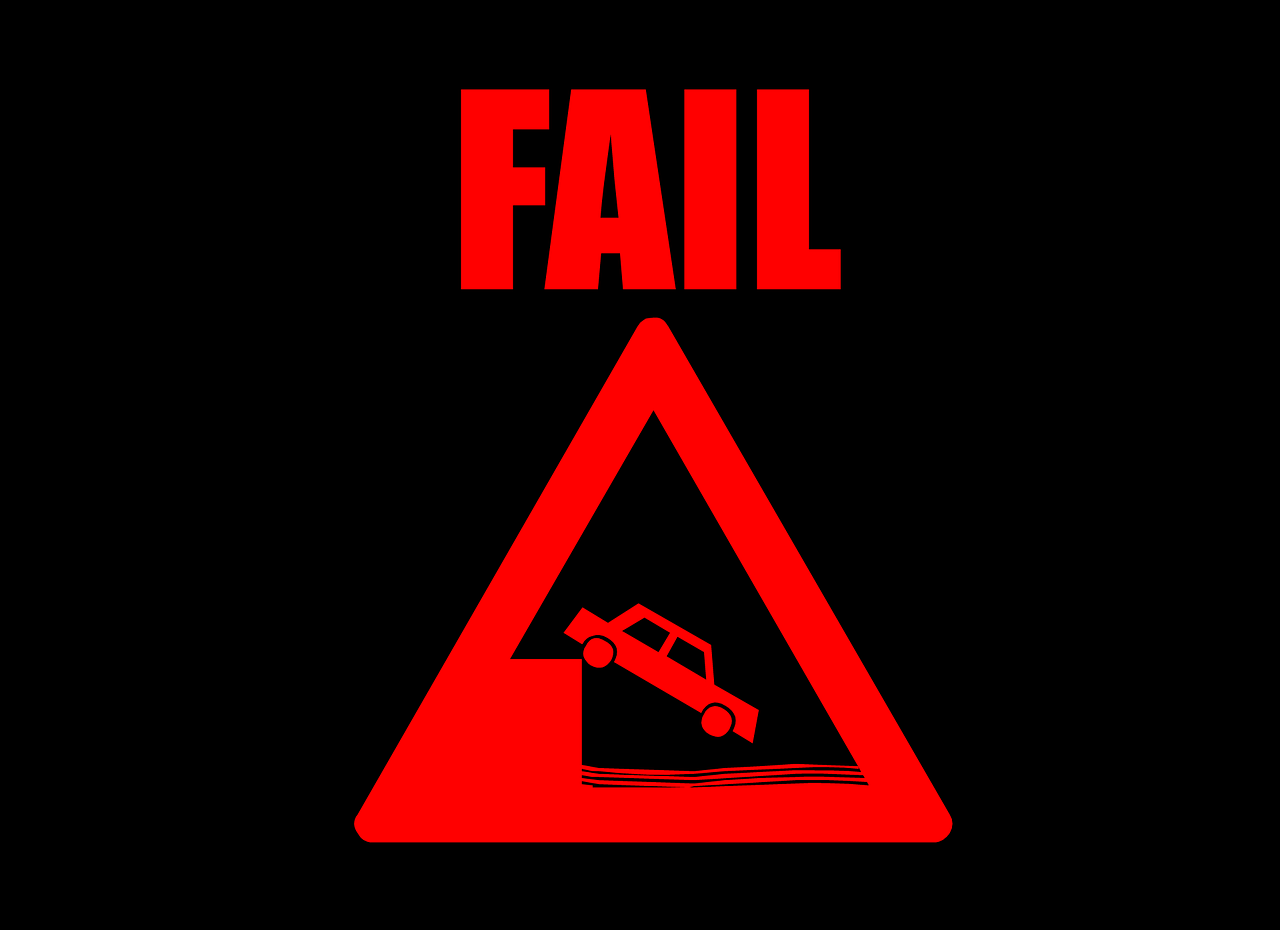Title: The Shielding Layer of Communication Cable and Optical Fiber
The shielding layer of communication cable and optical fiber is a crucial component in ensuring the integrity and efficiency of these cables and fibers. This layer serves to protect the delicate inner structures of the cables and fibers from external influences, such as electromagnetic interference, mechanical stress, and environmental factors. By providing a barrier against these influences, the shielding layer ensures that the communication cable and optical fiber can operate reliably and efficiently for longer periods of time. Additionally, the shielding layer also helps to reduce the overall cost of maintenance and replacement, as it extends the useful life of the cables and fibers. Therefore, it is essential to select high-quality materials and components for the shielding layer to ensure the overall performance and reliability of the communication cable and optical fiber.
Communication cables and optical fibers are crucial components of modern telecommunications networks, transmitting signals over long distances for voice, data, and video communications. These cables and fibers are enclosed in a shielding layer to protect them from external interference and ensure the integrity of the transmitted signals.
The shielding layer of communication cables and optical fibers typically consists of a metal foil or a conductive polymer. The foil is often made of aluminum or copper, while the conductive polymer may be based on carbon nanotubes or graphene. These materials are chosen for their excellent electrical conductivity and mechanical strength, providing effective shielding against electromagnetic interference (EMI) and radio frequency interference (RFI).

The shielding layer is applied to the cables and fibers during their manufacture. It is crucial to ensure that the layer is evenly applied and has no gaps or overlaps, as these could affect the quality of the transmitted signals. The application process is often automated, using machines that roll or wrap the shielding material around the cables or fibers.
Once the shielding layer is applied, it is essential to monitor and maintain its integrity. This is because even a small puncture or tear in the shielding layer can lead to a significant loss of signal quality. To ensure the continuous quality of the shielding layer, regular inspections and maintenance are carried out. These may involve visually inspecting the cables and fibers for any signs of damage or using specialized equipment to measure the electrical conductivity of the shielding layer.
In conclusion, the shielding layer of communication cables and optical fibers is a crucial aspect of telecommunications networks. It protects the cables and fibers from external interference, ensuring that the transmitted signals are of high quality and integrity. The materials used in the shielding layer are carefully chosen for their electrical conductivity and mechanical strength, while the application process is highly automated to ensure consistency and quality. Regular maintenance and inspections are essential to ensure that the shielding layer remains intact and effective.
Articles related to the knowledge points of this article:
Title: Long-distance Symmetric Communication Cables
Hya53 Communication Cable: An Overview of Its Features and Applications
Title: A Comprehensive Breakdown of Communication Cable Recycling Prices for a Better Understanding